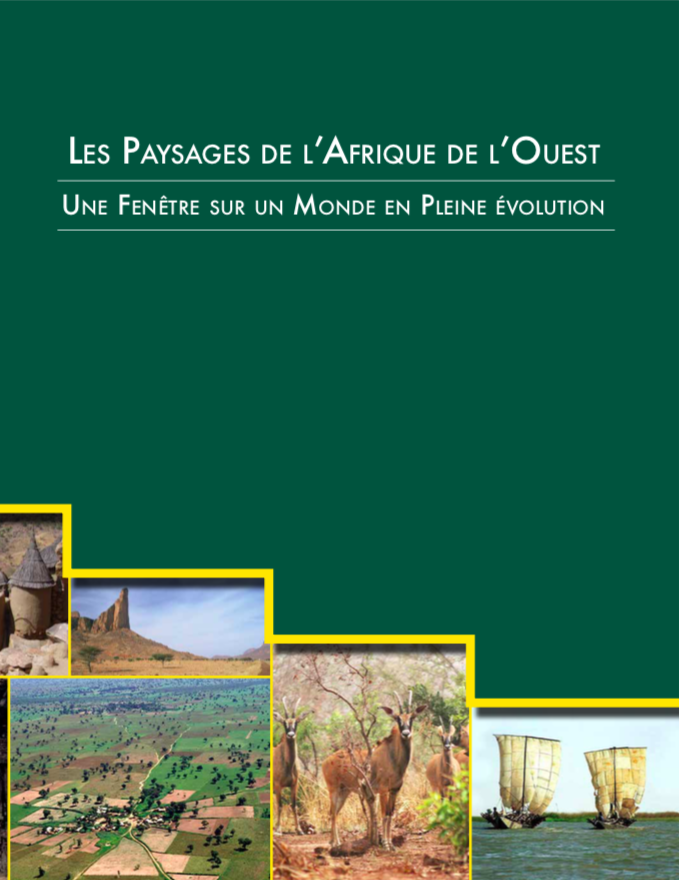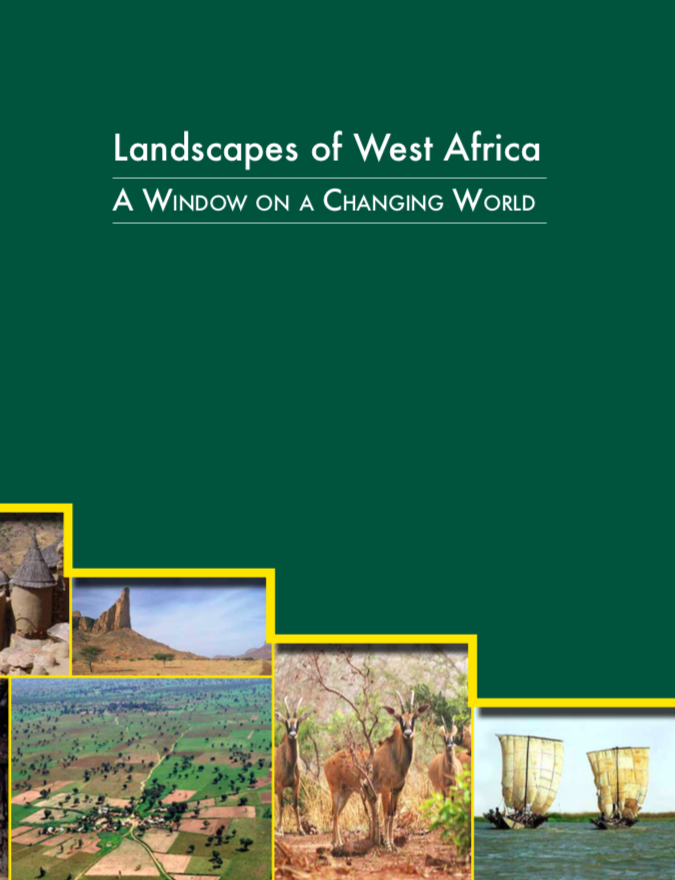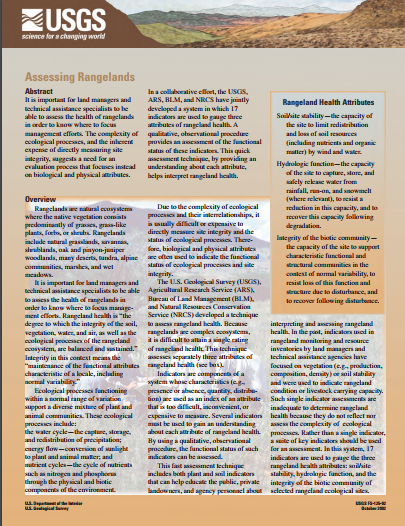Location
We provide science about the natural hazards that threaten lives and livelihoods, the water, energy, minerals, and other natural resources we rely on, the health of our ecosystems and environment, and the impacts of climate and land-use change. Our scientists develop new methods and tools to enable timely, relevant, and useful information about the Earth and its processes.
Members:
Resources
Displaying 1 - 3 of 3Les Paysages de l'Afrique de l'Ouest
Les Paysages de l’Afrique de l’Ouest : Une Fenêtre sur un Monde en Pleine Évolution dresse un tableau fascinant des transformations de l’environnement naturel de l’Afrique de l’Ouest. Utilisant des images collectées par des satellites orbitant à des centaines de kilomètres au-dessus de la Terre, cet atlas décrit quatre décennies de rapides changements environnementaux.
Landscapes of West Africa
Landscapes of West Africa, A Window on a Changing World presents a vivid picture of the changing natural environment of West Africa. Using images collected by satellites orbiting hundreds of miles above the Earth, a story of four decades of accelerating environmental change is told. Widely varied landscapes — some changing and some unchanged — are revealing the interdependence and interactions between the people of West Africa and the land that sustains them.
Asessing Rangelands
It is important for land managers and technical assistance specialists to be able to assess the health of rangelands in order to know where to focus management efforts. The complexity of ecological processes, and the inherent expense of directly measuring site integrity, suggests a need for an evaluation process that focuses instead on biological and physical attributes. In a collaborative effort, the USGS, ARS, BLM, and NRCS have jointly developed a system in which 17 indicators are used to gauge three attributes of rangeland health.




